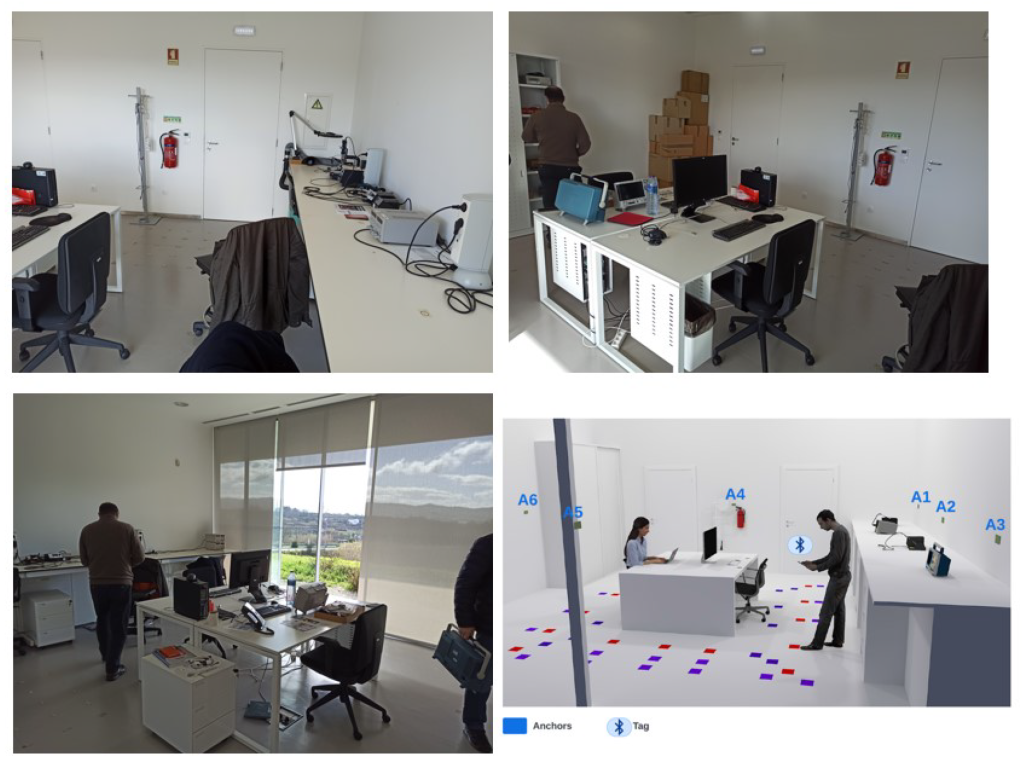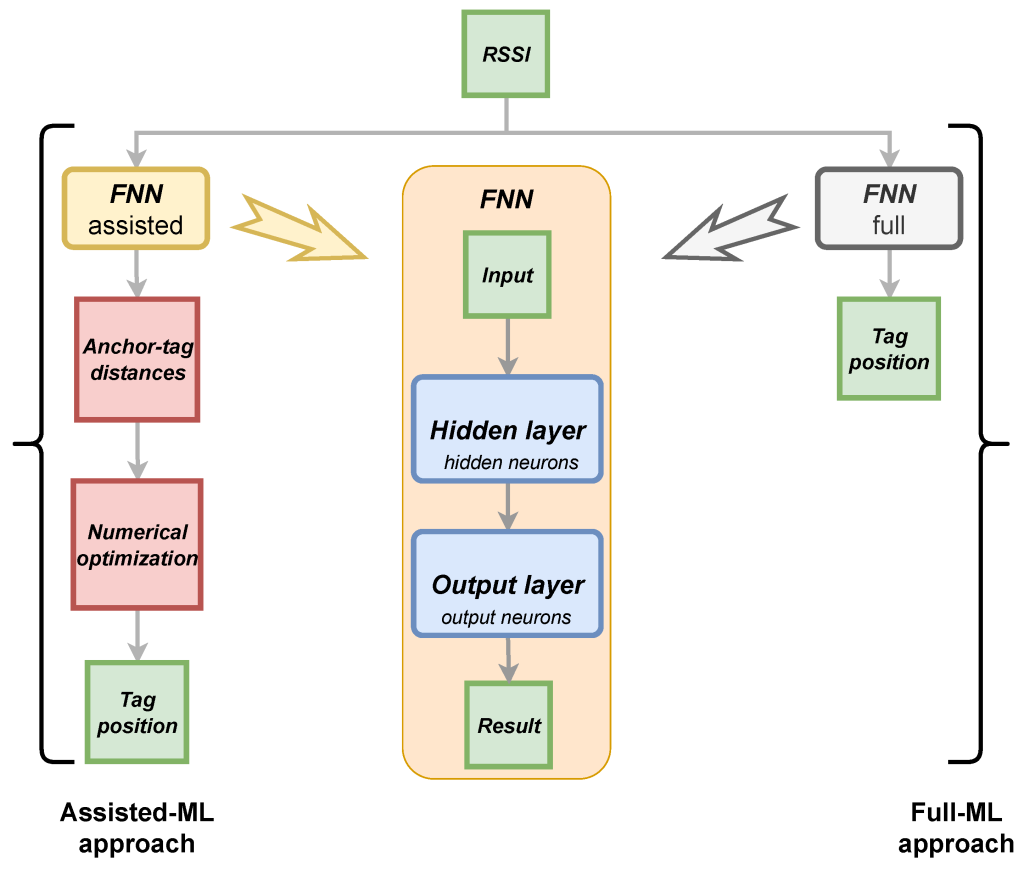A recent new paper, BLE-Based Indoor Localization: Analysis of Some Solutions for Performance Improvement, focuses on improving the performance of indoor localisation using an anchor-based system based on Bluetooth Low Energy (BLE) 5.0 technology, specifically employing the Received Signal Strength Indicator (RSSI) for distance estimation. Different solutions to enhance this localisation technology’s performance are explored, with an emphasis on combining various approaches to identify the most effective one. These solutions include different RSSI signal conditioning, anchor–tag distance estimation techniques and methods for estimating the unknown tag position.

An experimental analysis was conducted in a complex indoor environment, marked by the continuous movement of working staff and numerous obstacles. The results showed that the exploitation of multichannel transmission, using RSSI signal aggregation techniques, significantly improved the localisation system’s performance, reducing the positioning error from 1.5 meters to about 1 meter.

Other solutions, such as RSSI signal filtering, distance estimation with an empirical propagation model or Machine Learning (ML), numerical optimisation and ML models for estimating the tag’s unknown position, also impacted performance but to a lesser extent. These solutions resulted in either a decrease or an increase in positioning errors, depending on the specific combination of solutions adopted.
The study’s findings suggest that the use of multichannel transmission and the combination of RSSI signals from different transmission channels are crucial for achieving optimal performance. This approach leverages the full potential of BLE 5.0 technology and is the most significant factor in reducing positioning errors. The paper concludes that the results can guide designers in choosing appropriate solutions based on the desired accuracy of the localisation system. However, it’s noted that the results are specific to the tested conditions and may vary under different operating scenarios.